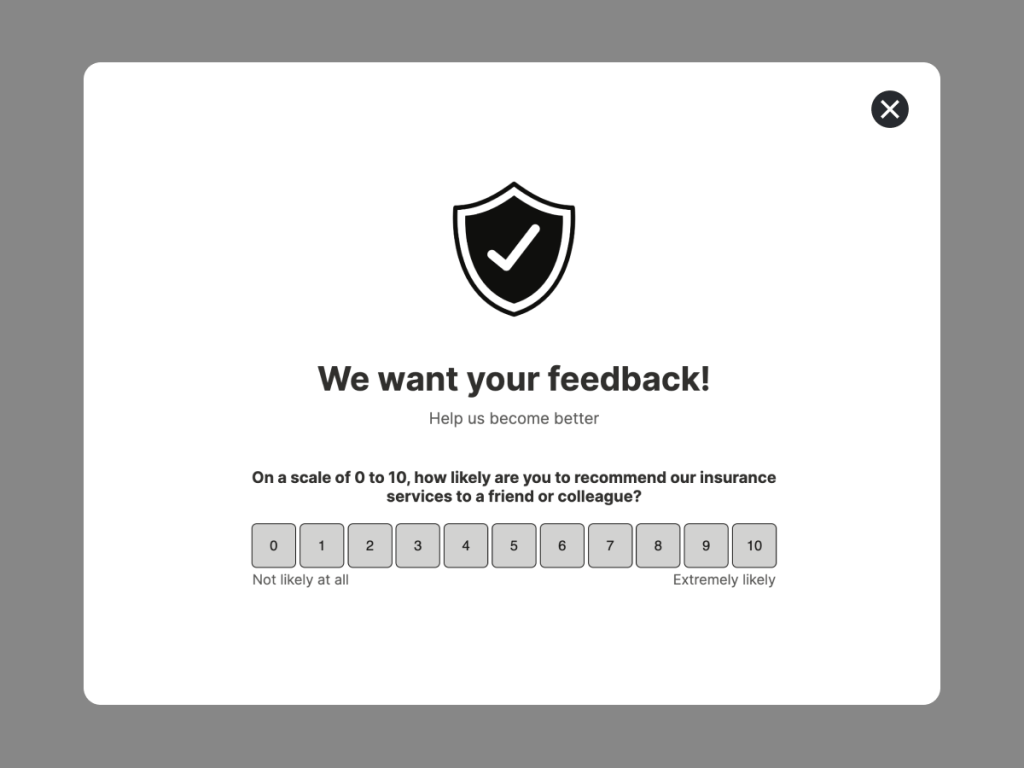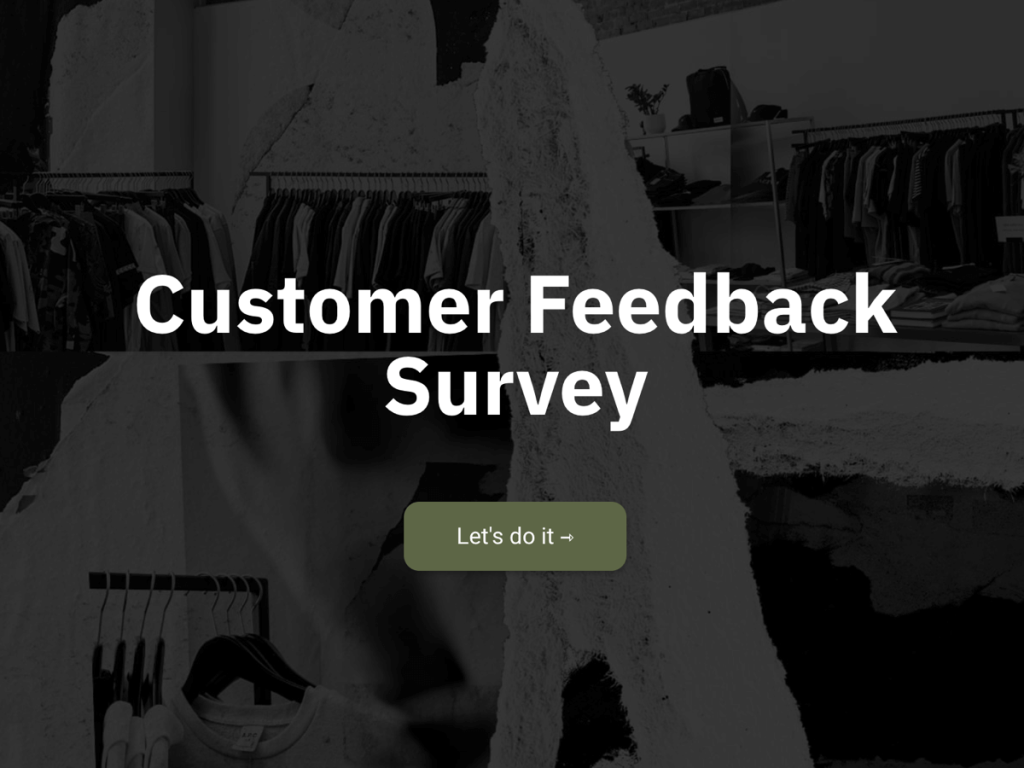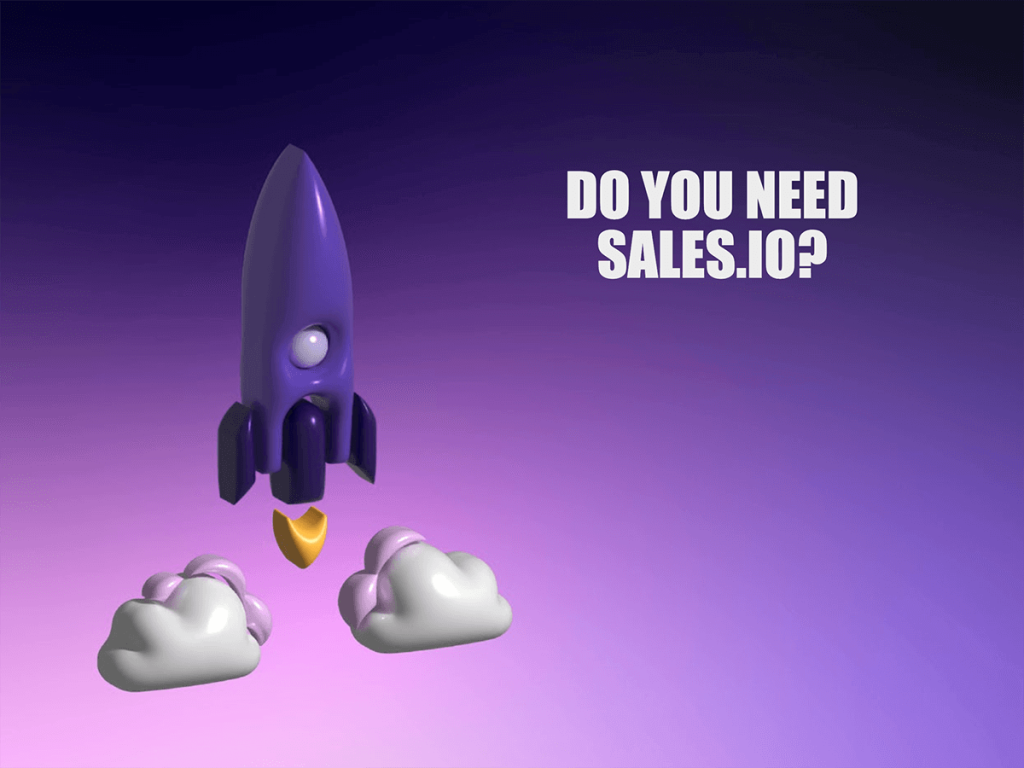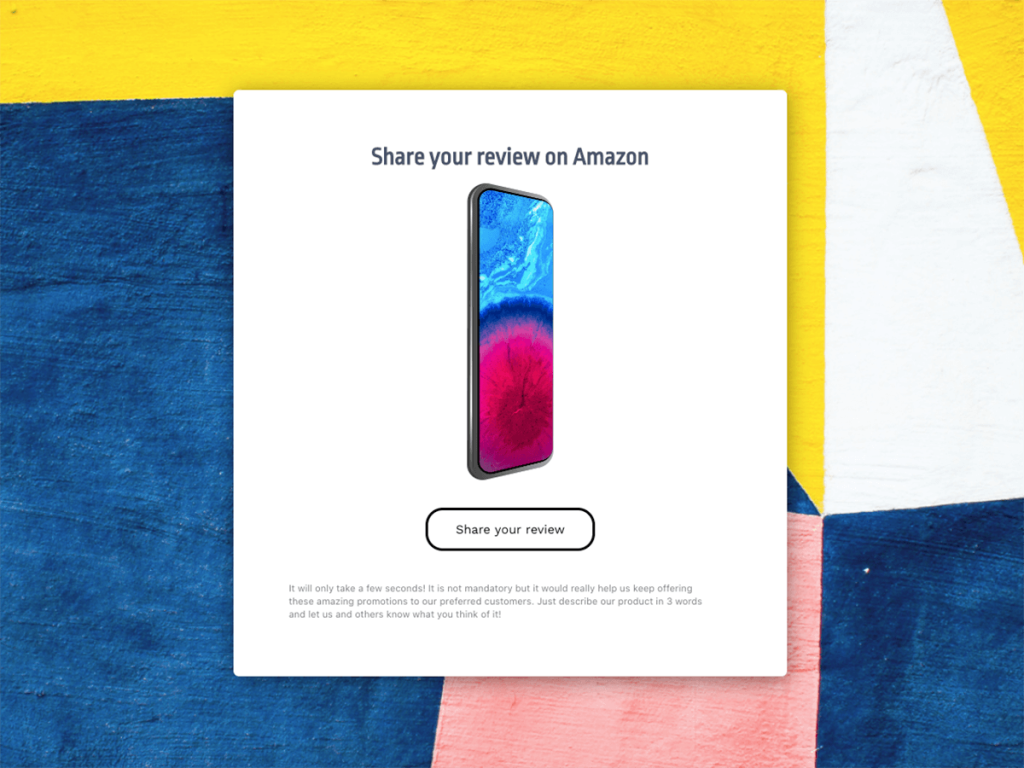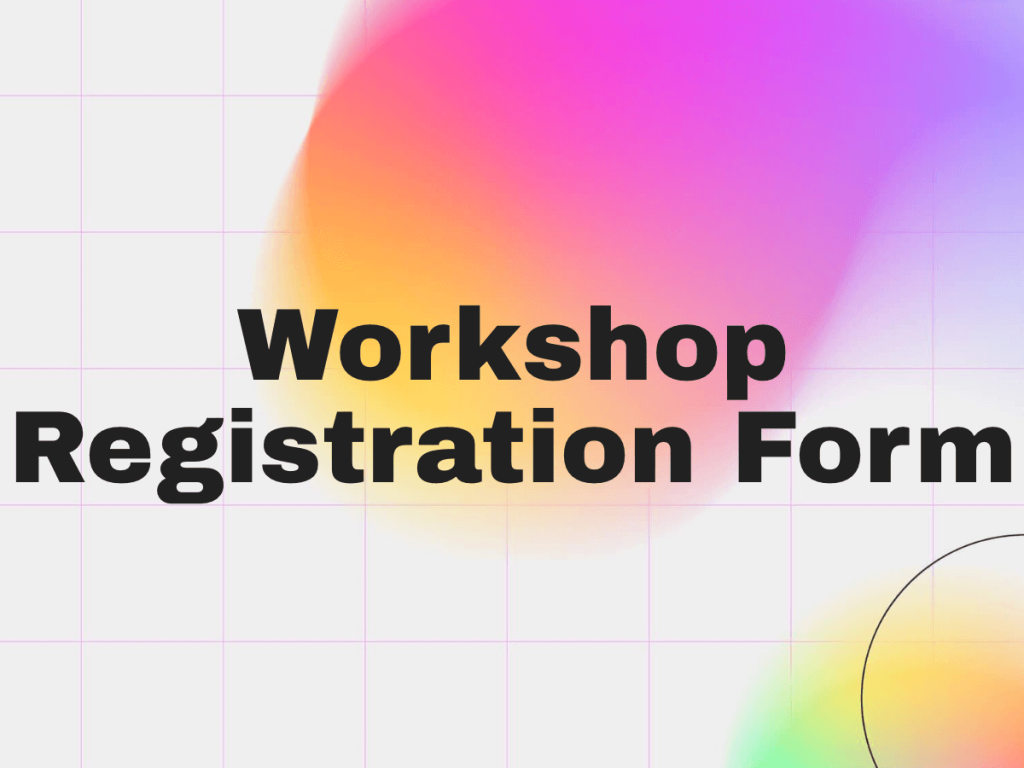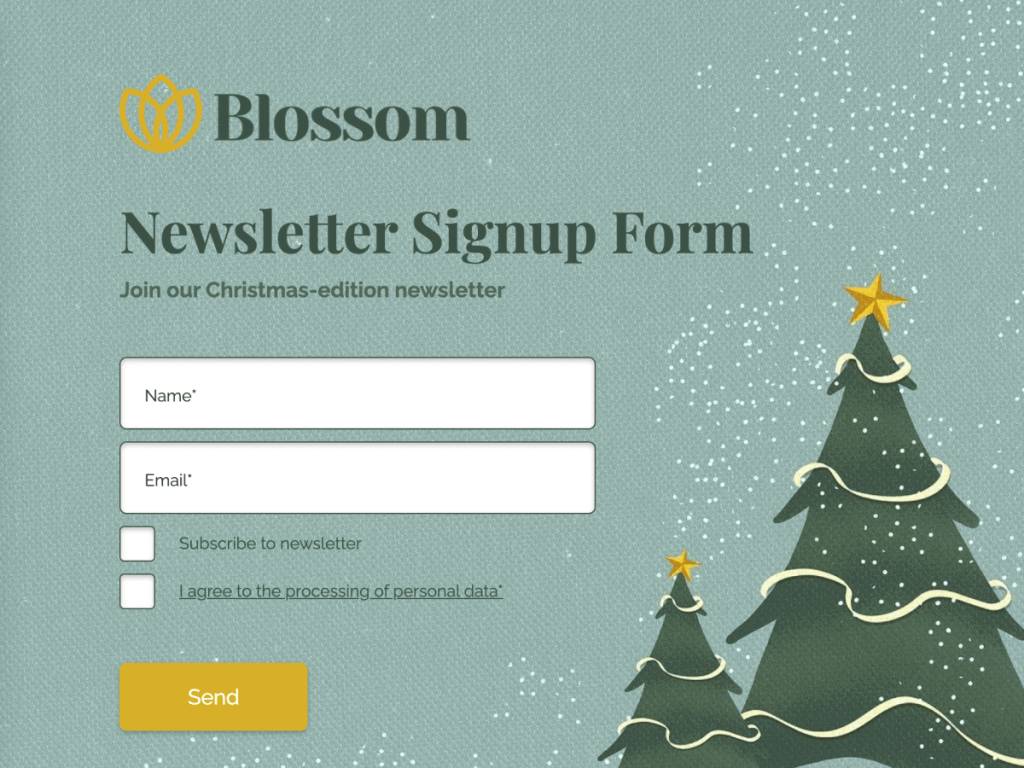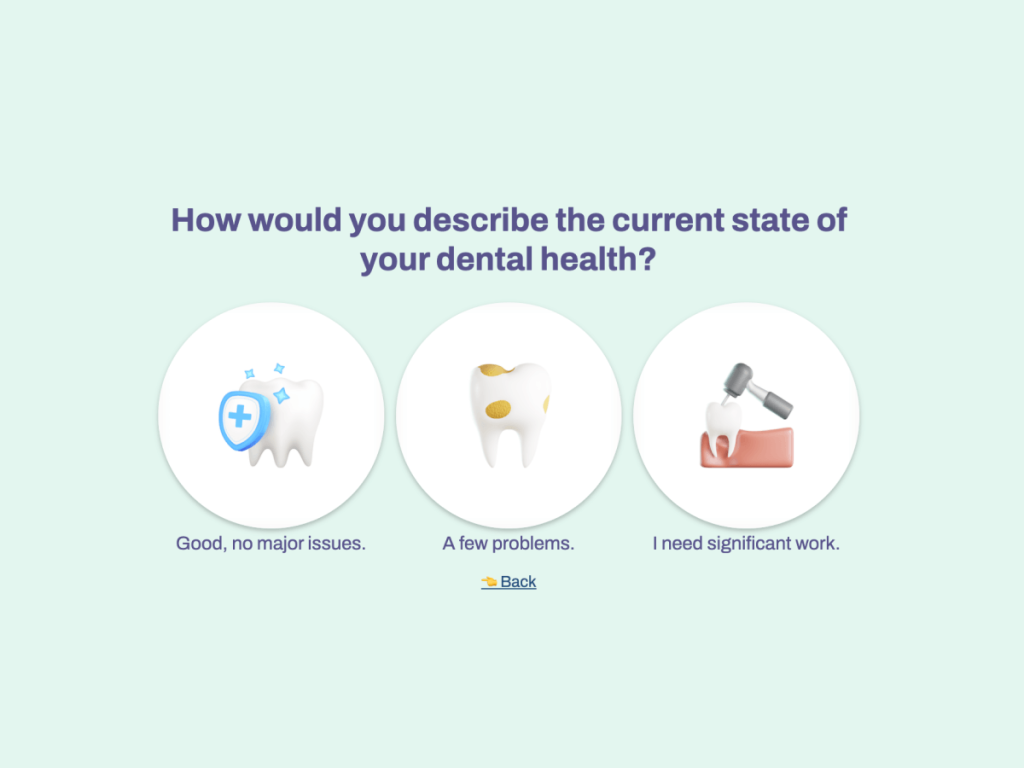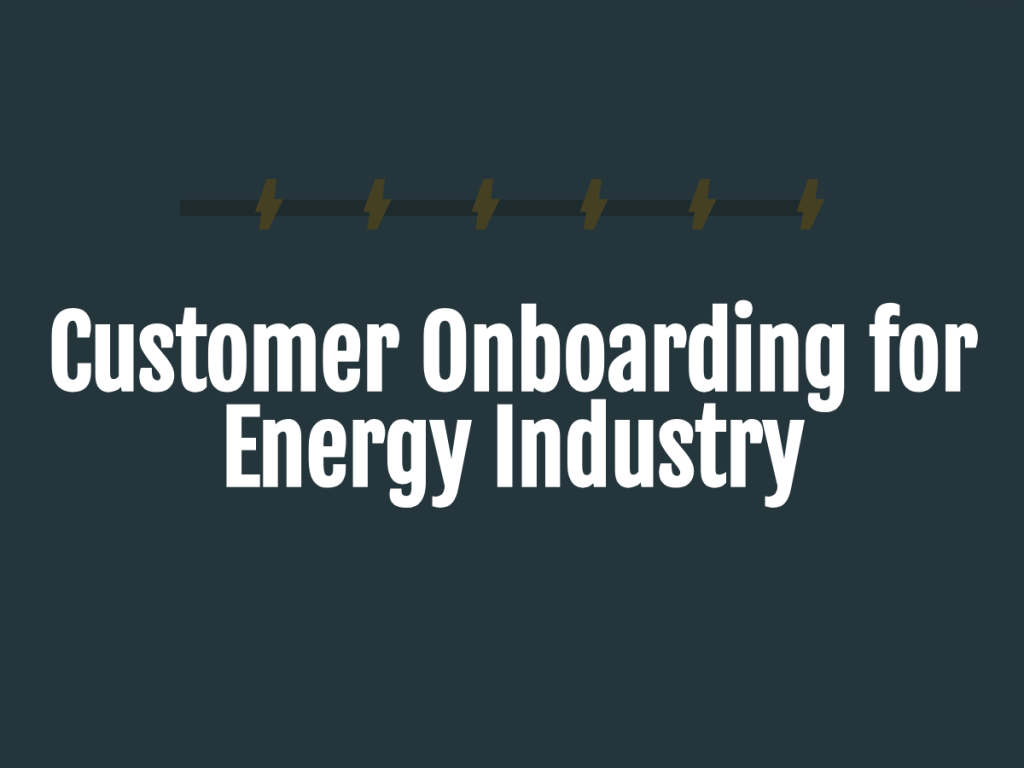Is your marketing data presentable enough?
Or is it in the form of a collection of Google Sheets that you had to piece together for your own purposes, which may not be easily understandable without your verbal guidance?
Marketing data visualization is a great way to demonstrate valuable insights, but what do you need to make it work? Especially when you’re working with so much data from so many sources.
In this article, we’ll cover data visualization step by step and look at best practices for effective marketing reporting:
What Is Marketing Data Visualization?
Visual elements enhance the value of information by presenting it in a simple and relevant format that visually depicts the problems and outcomes.
This enables teams to swiftly identify trends, patterns, and insights that would be otherwise difficult to understand when examining the data in its original formats. Although CSV or JSON can be converted into a functional spreadsheet, it is still not the most optimal choice for human analysis.
People can only hold around seven “objects” in their minds at once. They can’t look at a spreadsheet full of hundreds of customer interactions, represented by thousands of cells, and figure out the conversion metric. In most cases, teams only want to see a line or a graph going up and to the right.
For example, here's how involve.me visualizes the conversion funnel, pinpointing the exact stages where potential leads drop off:
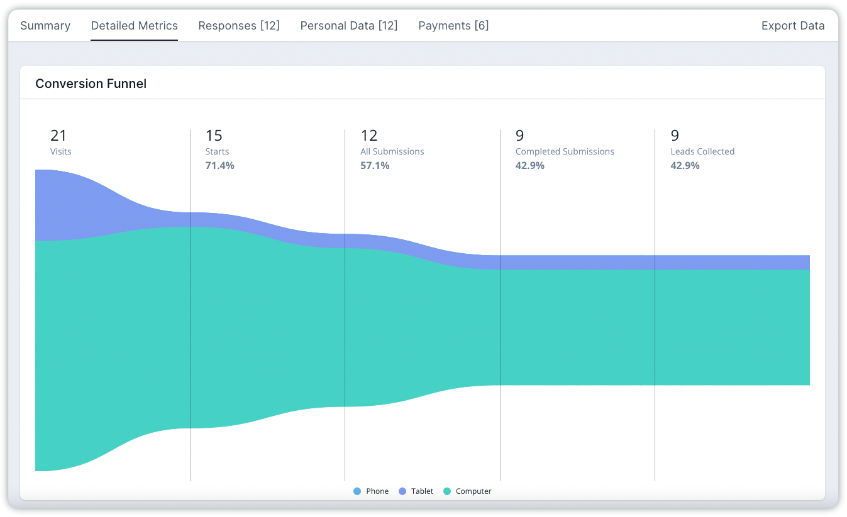
Why Data Visualization Works
Data visualization makes complex data glanceable. In Google Analytics, hundreds or thousands of data points might go into one line graph. But that’s not the only way you can do visualization.
Which is more relevant: “Our conversion rate on this page is up to 20% from 10% three months ago”, or “2 out of 5 high-intent leads are converting on this page, up from 1 of 5 three months ago”? Whether you’re in the marketing team or not, you know who your high-intent leads are and roughly what they’re looking for.
Changing the way you explain and visualize the same stat can make it more meaningful and easy to understand. It’s also more memorable.
Humans aren’t wired to think intuitively about data and metrics. We’re built to think about the world in images and stories.
Data visualization is effective because it transforms data into images that convey compelling stories. When communicating marketing data to internal or external stakeholders, visualizing the data enhances clarity, memorability, and persuasiveness in your presentations.
How to Visualize Your Marketing Data: Step by Step
So if you have marketing data you need to make visible, how do you do it?
Know Your Audience
Understanding who your target audience is, what background context they have, and what their priorities are, is essential. As with any marketing effort, you need to get the right message to the right person: internal communications are no different.
For instance, when addressing executives, it is crucial to simplify and present information in a concise and easily digestible manner, considering their time constraints.
Know the Message You’re Trying to Communicate
Before you dive into your data visualization settings, it's crucial to understand the message you're trying to communicate. What is the main point you want to convey with your data? What insights do you want your audience to gain from the visualization?
Once you have a clear message in mind, you can choose the most effective way to convey that message to get your point across to your target audience. It's also important to ensure that your data supports your message and that you're not trying to twist the data to fit a predetermined conclusion.
Connect Your Marketing Data to a Visualization Tool
Some of the most common data visualization tools around include Microsoft Excel and PowerPoint, and Google Charts. But putting those together involves manual work marketers shouldn’t be doing. For more automated reporting with more complex data, you’ll need more powerful tools like Power BI or Tableau.
Features like data lakehouse streaming enable anyone in the company to access real-time data for creating data visualizations, including automated marketing reports. No-code tools give everyone in the company the power to build whatever systems they need to do the job for them.
Collect Data from Several Sources
Your marketing operation is divided into many apps and services. You could be getting marketing data everywhere, from site heatmaps to fun personality tests to social media profiles.
One of the benefits of a business intelligence tool is that you can combine all of these data sources into one big picture of how your company is doing.
Once you have successfully gathered data from various sources and standardized it into a consistent format, you can begin the process of data visualization. After determining your target audience and refining your message, you will have a clear understanding of the specific data you need to collect.
With involve.me AI survey generator, you can create an online survey, form and quiz to get data faster:
Best Practices for Marketing Data Visualization
A step-by-step guide makes data visualization seem simple. It’s not so hard, but there are a few best practices you’ll have to keep in mind.
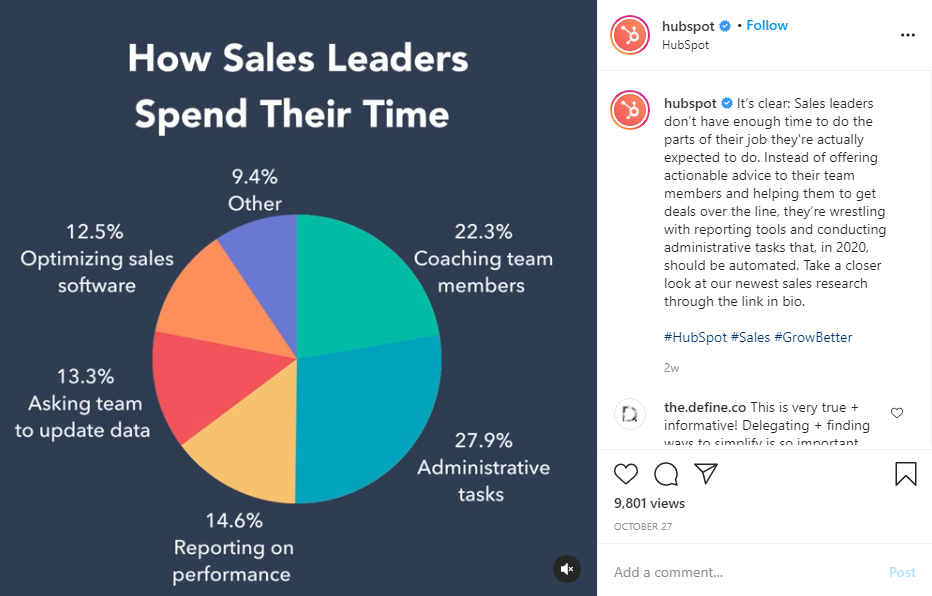
Give Your Audience Context They Need
Even the most detailed visualization is useless without the right context.
If you’re presenting data on website traffic, include additional information, like the period being reported on and relevant events. If your visuals show a seemingly random bump one day, maybe someone from sales will point out that’s the day they had a call with a big company.
Another example. If I tell you we generated 80 leads in April, is that good or bad? If I tell you we generated 80 leads in April, just 2% more than last month, but there are 15% more "high-intent" leads than last month, isn't that better?
You can and should add explanations like that to your reports. But if you keep having to add some context to your reports, maybe that's a sign you should be adding that context into the visualizations themselves.
Switch Up Formats to Get Your Point Across
How to present your information?
The ideal format for presenting your information depends on the nature of the content you are reporting on. When setting up a report or presentation that includes multiple visualizations, it is beneficial to vary the formats to maintain audience engagement.
Line graphs, line charts, or area charts are effective for illustrating KPI trends over time, making them suitable for tracking campaign performance or strategic planning. Bar graphs are useful for showcasing the relationship between two variables, such as "Region" and "Conversion Rate." Pie charts or doughnut charts are valuable for breaking down a dataset into different segments.
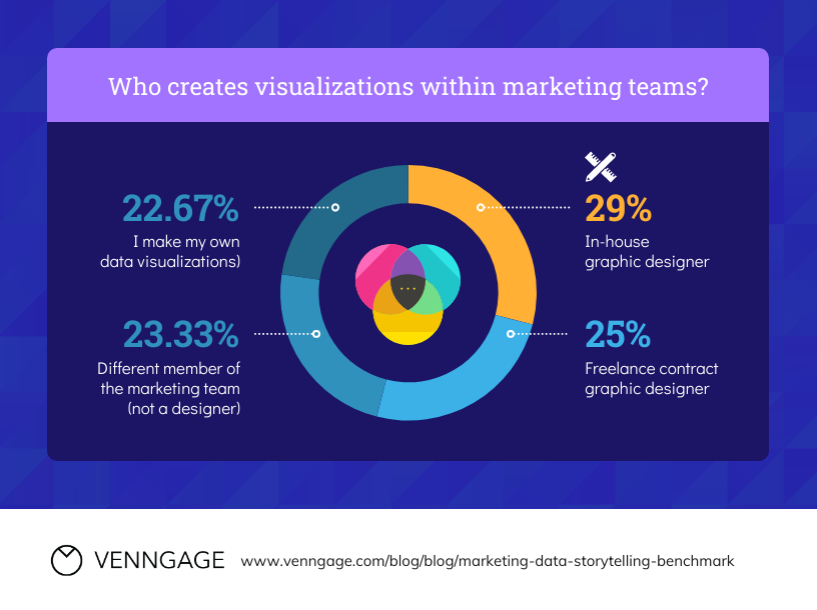
Collect Feedback
Do you know what marketing data other teams need to do their jobs better? The best way to improve your reports is just to ask what works for them.
If you’re sending out an email report to a big company, your early reports could include a link to a quick survey asking, “Is this info helpful? What else would you like to know?”. Making this feedback process as quick and easy as possible will get you more information.
Create Your Own Survey
Start with a template code free
Opinion Scale Survey for Insurance Template
Free $100 Coupon Giveaway Template
Customer Feedback Survey Template
Sales Qualified Lead Score Calculator Template
Sales Funnel Automotive Template
Amazon Review Funnel Template
Create Marketing Report Templates
You don’t have time to put together a new report from scratch each time. Creating a report template and sticking to it will save you time and give readers something consistent to read through in each report. Once they know the two or three stats that really matter to their role, they’ll know where to look if they’re pressed for time.
The Most Important Part of Data Visualization
Finding an easy-to-use, no-code solution for your marketing data is only half the battle. Your data visualization skills are only as good as your storytelling skills: you need to show the right data, in the right format, adjusted for your audience.
Once you’ve settled on that, you can build automated workflows to manage the data and reporting for you, so you can focus on telling that story to the rest of your company.

